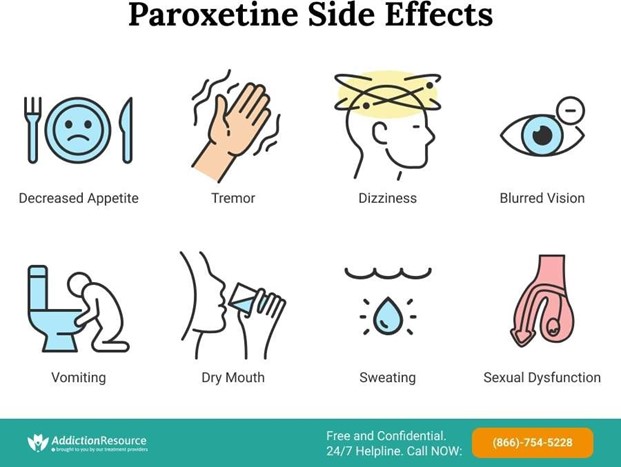A nurse is planning care for a group of clients.
Which of the following client's medications should be monitored by the nurse for hearing loss related to a medication interaction?
Losartan and atorvastatin.
Propranolol and raloxifene.
Digoxin and levothyroxine.
Furosemide and amikacin.
The Correct Answer is D
Combining furosemide with certain aminoglycoside antibiotics like amikacin may increase the risk of hearing loss.
The nurse should monitor this client for hearing loss related to a medication interaction.
Choice A is wrong because there is no known interaction between losartan and atorvastatin that can cause hearing loss.
Choice B is wrong because there is no known interaction between propranolol and raloxifene that can cause hearing loss.
Choice C is wrong because there is no known interaction between digoxin and levothyroxine that can cause hearing loss.
Nursing Test Bank
Naxlex Comprehensive Predictor Exams
Related Questions
Correct Answer is A
Explanation
Discard the vial of medication if the solution is cloudy.
This is because epoetin alfa should not be used if it has been frozen or if it has changed color or has particles in it.
Choice B is wrong because the vial should not be shaken before use.
Choice C is wrong because epoetin alfa should not be diluted with sterile water or any other liquid.
Choice D is wrong because epoetin alfa should not be frozen and therefore does not need to be thawed before administration.
Correct Answer is D
Explanation
The nurse should instruct the client to monitor for drowsiness as an adverse effect of taking paroxetine.

Choice A is wrong because peripheral edema is not a common adverse effect of paroxetine.
Choice B is wrong because alopecia is not a common adverse effect of paroxetine.
Choice C is wrong because tinnitus is not a common adverse effect of paroxetine.
Whether you are a student looking to ace your exams or a practicing nurse seeking to enhance your expertise , our nursing education contents will empower you with the confidence and competence to make a difference in the lives of patients and become a respected leader in the healthcare field.
Visit Naxlex, invest in your future and unlock endless possibilities with our unparalleled nursing education contents today
Report Wrong Answer on the Current Question
Do you disagree with the answer? If yes, what is your expected answer? Explain.
Kindly be descriptive with the issue you are facing.
